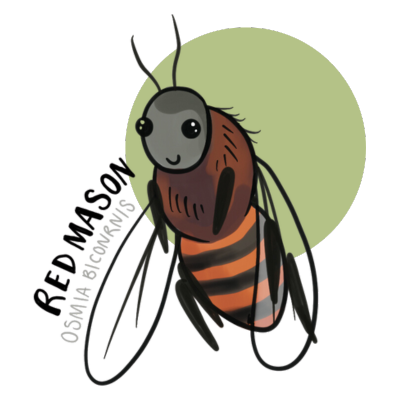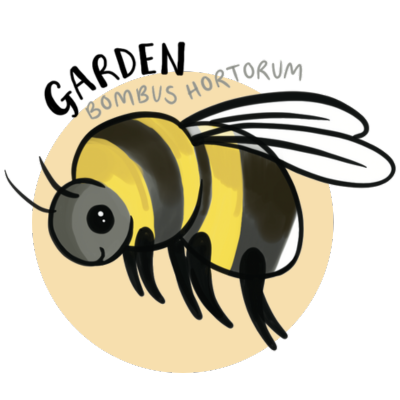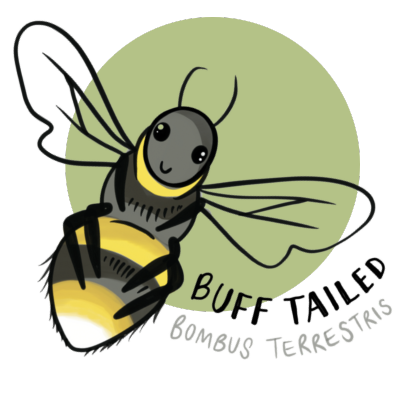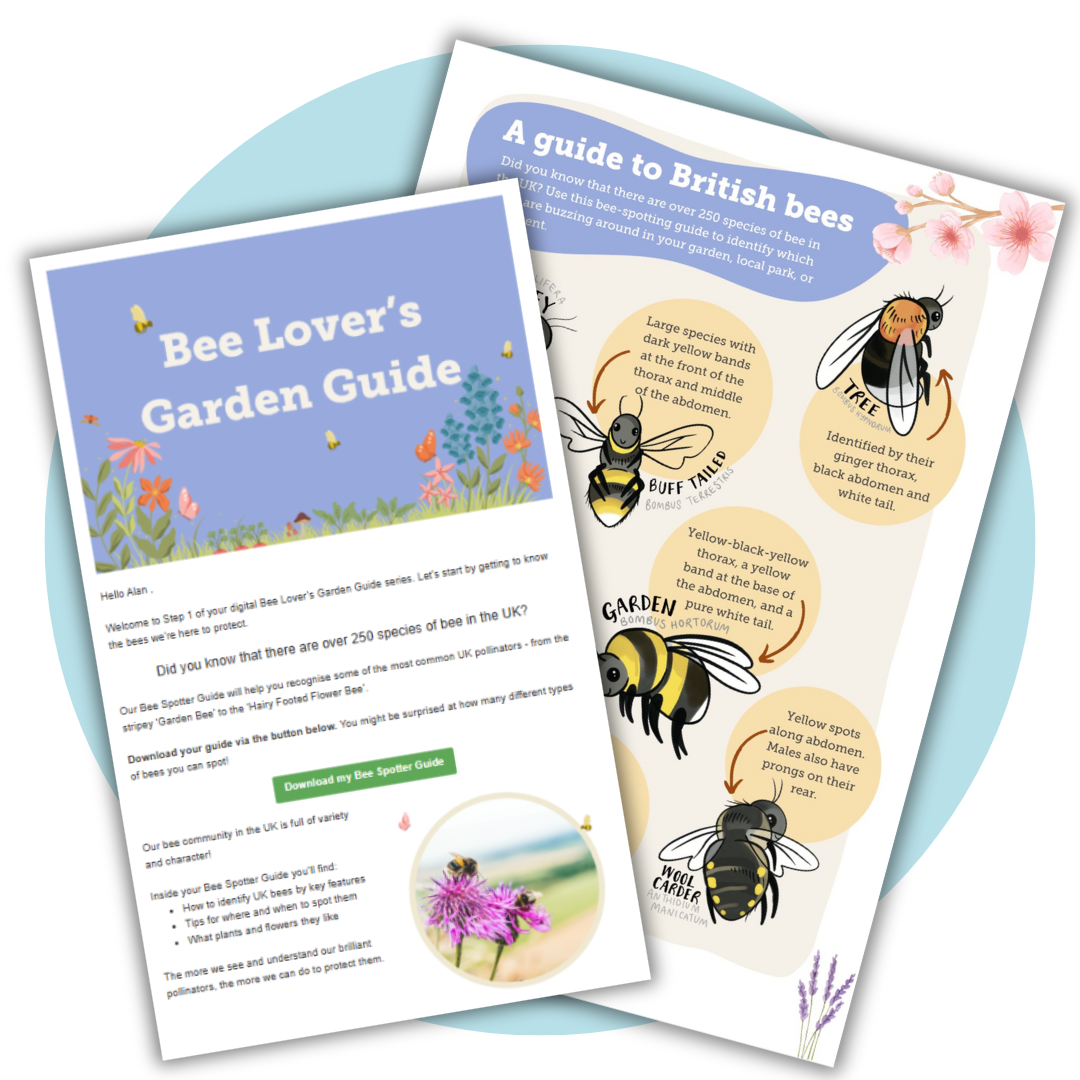
- Soil Association
- Take action
- Grow at home
- How to identify British bees

How to identify British bees
Bees are incredible. We probably all know the honey bee or the bumblebee, but did you know that there are over 250 different species of bee in the UK alone? From the domesticated honeybee to the solitary bees that nest underground.
If you're wondering how to identify British bees, you're in the right place. Each species has distinctive features – from colouring to behaviour – that you can spot once you know what to look for.
Top three British bees to look out for

Red Mason Bee, 'Osmia Biconrnis'
These solitary bees have a black head, brown thorax and orange abdomen. Females are very fluffy.
When to spot them: March - June
Where they live: Often found in wall and wood cavities. They like urban gardens, churchyards and urban green space. If you have a bee or bug hotel, it's most likely to be Red Mason Bees who will check-in.
What they like to eat: Fruit tree blossoms including plums, strawberries and oilseed rape.

Garden Bumblebee, 'Bombus Hortorum'
Garden Bumblebees have a yellow-black-yellow thorax, a yellow band at the base of the abdomen, and a pure white tail.
When to spot them: March - October
Where they live: Underground, in and around grassy areas, such as uncultivated fields and mossy areas.
What they like to eat: Foxgloves, clover, thistles, honeysuckle and blossom.

Buff-Tailed Bumblebee, 'Bombus Terrestris'
A large species with dark yellow bands at the front of the thorax and middle of the abdomen. Queens are the only ones which actually have buff-coloured tails. The workers are very similar to white tail bumble bees.
When to spot them: March - August (although in the south of the UK, they are becoming winter active).
Where they live: In lowland areas, underground, using old nests.
What they like to eat: Crops including potatoes, lavender and many flowers, especially daisy-like flowers.
Free pollinator pack for new members
Want to go beyond the basics? Learn how to identify even more British bees, and attract them into your garden. Get your free pollinator pack when you sign up as a new member via our Save Our Bees campaign.
Become a member and we’ll send you your free pollinator pack. It includes:
- Bee Spotter Guide - a beautifully illustrated, digital guide to help you recognise pollinators
- Bee Lover's Garden Guide - a 5-part email series with simple, expert tips to help you protect bees and encourage more wildlife into your patch at home

-
Become a member
As you read this, 35 UK bee species face extinction. At the Soil Association we’re doing everything we can to stop this happening. But as a charity, we need your support. Join us, and together we can save our bees before it’s too late.
Join us to Save Our Bees
By becoming a member, you’ll be helping protect British bees and other pollinators – while also supporting our work to restore wildlife, reform farming, and fix our broken food system.
